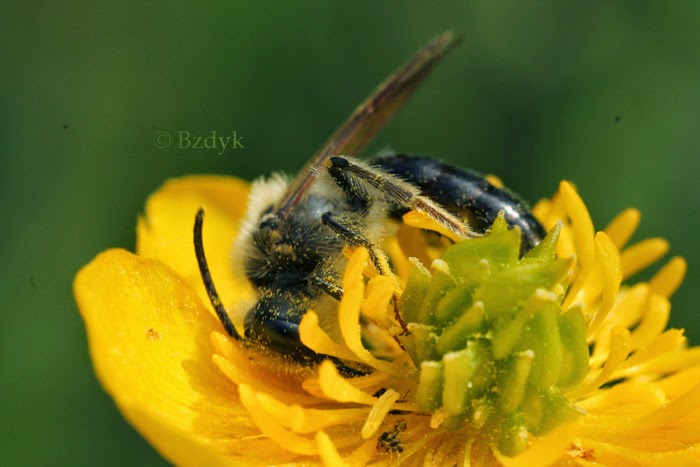It's been a long time since I've posted! Spring is a busy time, and not just for us, but for most of the natural world. Many things are waking up, and getting to work. I've been capturing what moments I can as this amazing season races by!
A queen bumble bee on purple dead-nettle. The queens are noticeably larger than typical workers and come out first in the spring because they overwinter alone. She will forage and bring in pollen and found a new colony, often incubating her eggs like a little hen. Then as the daughter workers mature they take over the foraging duties.
This is a bee fly, family Bombyliidae. They are nest-parasites of bees. The female hovers over the ground, flicking eggs into open bee nests, or anything that looks like a bee nest. The larvae hatch and eat the bee host and pollen. They are excellent fliers and visit flowers where they hover while sipping nectar.
This is a female Xylocopa carpenter bee, resting on a flower and soaking up some sun.
Nearby is a male Xylocopa. He hovers in his territory, chasing anything that enters his "airspace", searching for females to mate with and chasing off rivals.
This is a cuckoo bee - specifically, a red "Nomad" bee Nomada sp. Like the bird of the same name, they lay their eggs in the nests of other bees. The eggs hatch and dispatch the host eggs or larvae and feed on the pollen the host bee collected for her young. Here she flies over the garden soil, searching for a host Andrena nest.
The cuckoo bee looks wasp-like, because she does not need a hairy body to collect pollen. Once she finds a host bee nest, she hides nearby, waiting for her chance to sneak in and lay her egg.






















